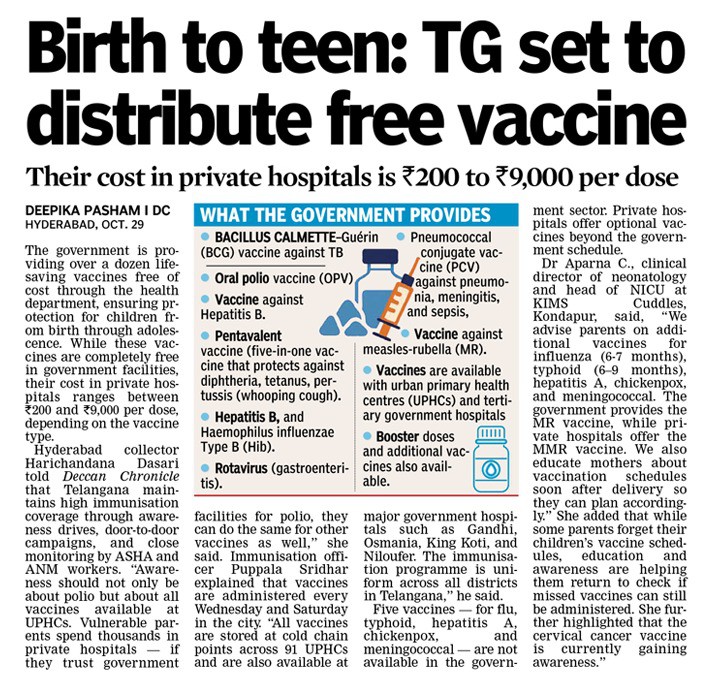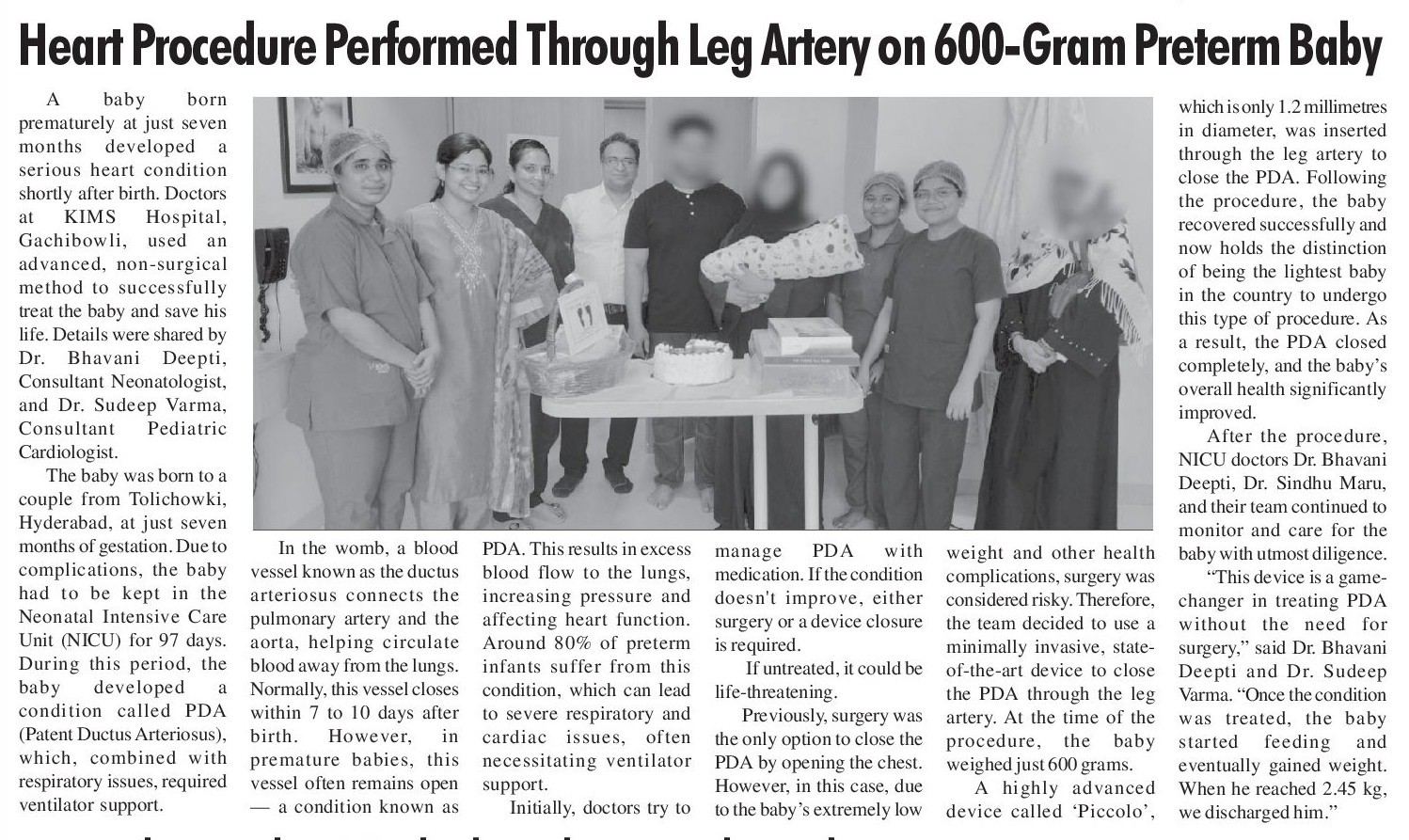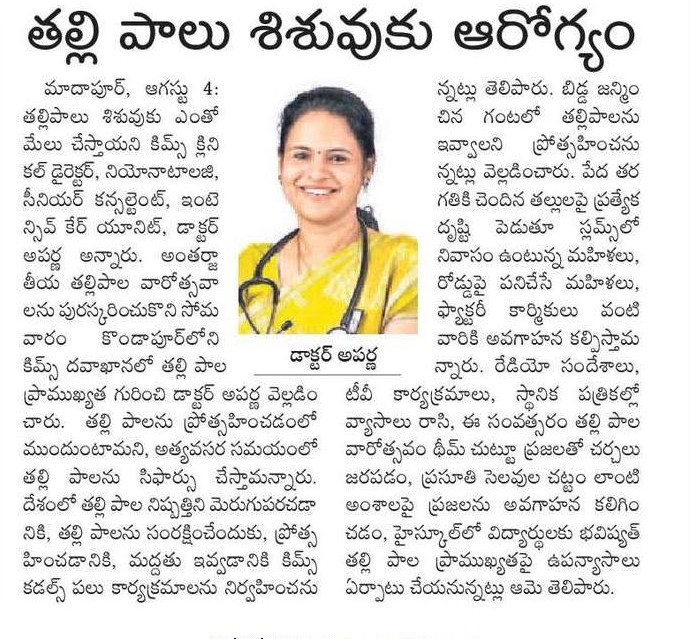Best NICU Hospital in Kondapur, Hyderabad
Welcome to KIMS Cuddles, your beacon of hope for neonatal care in Kondapur, Hyderabad. Our commitment to providing the best NICU services makes us the top choice for families seeking exceptional care for their newborns. Let's delve into what sets KIMS Cuddles apart in the realm of neonatal intensive care.
Understanding the NICU
A Neonatal Intensive Care Unit (NICU) is a specialized medical unit designed to cater to the unique needs of newborns who require intensive medical attention. These units play a crucial role in ensuring the health and well-being of premature or critically ill infants.
The Role of NICU in a Hospital
The NICU serves as the hub of specialized care for newborns facing challenges such as premature birth, low birth weight, respiratory distress, and other medical complexities. The primary goals of a NICU include providing advanced medical care, monitoring and stabilizing newborns, and supporting their families through what can be a challenging and emotional journey.
Levels of NICU
NICUs are categorized into four levels based on the level of care and resources they can provide. KIMS Cuddles proudly stands as a Level 4 NICU, representing the highest level of care available. This designation signifies our ability to handle the most complex cases, ensuring that even the tiniest and most fragile newborns receive the specialized attention they require.
Why Choose KIMS Cuddles in Kondapur:
- Best NICU in Kondapur: As the best NICU hospital in Kondapur, Hyderabad, we are dedicated to providing exceptional care for newborns. Our team of skilled neonatologists, pediatricians, and nurses work together to create a nurturing and healing environment.
- Proximity and Accessibility: Recognizing the critical nature of neonatal care, KIMS Cuddles is the nearest hospital with NICU services in Kondapur. This ensures that families have quick access to the specialized care their newborns need, minimizing travel time during emergencies.
- State-of-the-Art Facilities: Our NICU is equipped with cutting-edge technology and medical equipment to provide comprehensive care. From advanced respiratory support to specialized monitoring systems, we prioritize the well-being of your newborn with the latest medical advancements.
- Compassionate Family-Centered Care: At KIMS Cuddles, we believe in involving families in the care of their newborns. Our NICU is designed to facilitate parent-infant bonding, with an emphasis on open communication and collaboration between our healthcare team and parents.
Booking an Appointment
For the convenience of our valued patients, KIMS Cuddles offers an easy-to-use online booking system. Booking an appointment online ensures that you can secure a consultation with our NICU specialists promptly, allowing for timely assessment and intervention when needed.
When it comes to the well-being of your newborn, choose KIMS Cuddles in Kondapur, Hyderabad, for unparalleled NICU services. As the best NICU hospital in the area, we combine expertise, accessibility, and compassion to provide the highest standard of neonatal care. Take the first step in securing a bright and healthy future for your newborn – book your appointment online and entrust their care to the leading neonatal experts at KIMS Cuddles Kondapur.

































